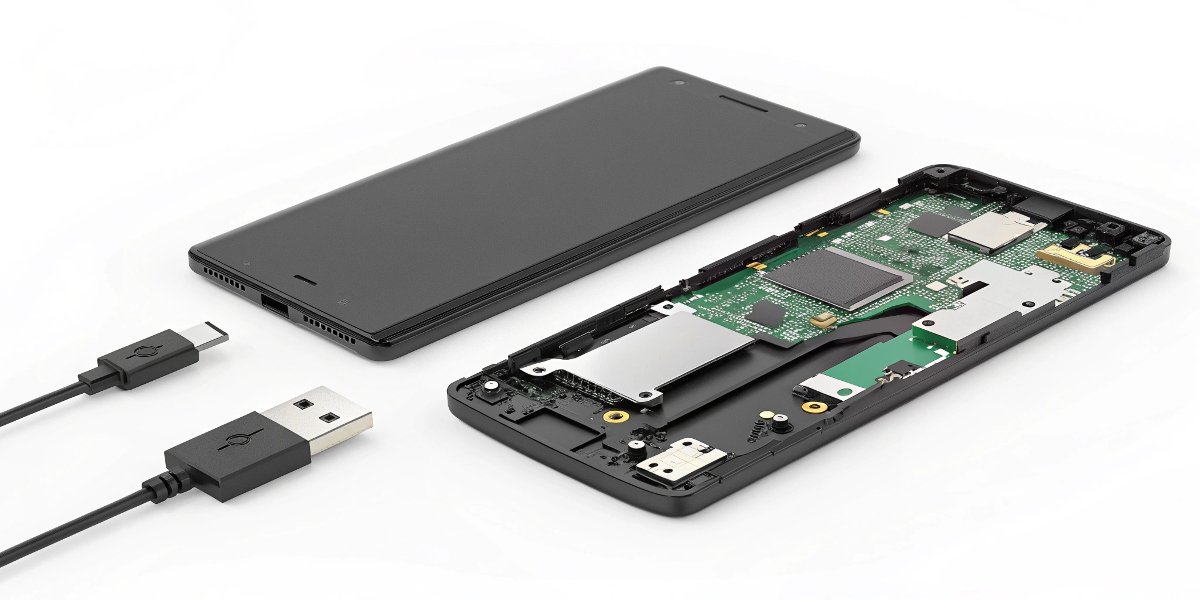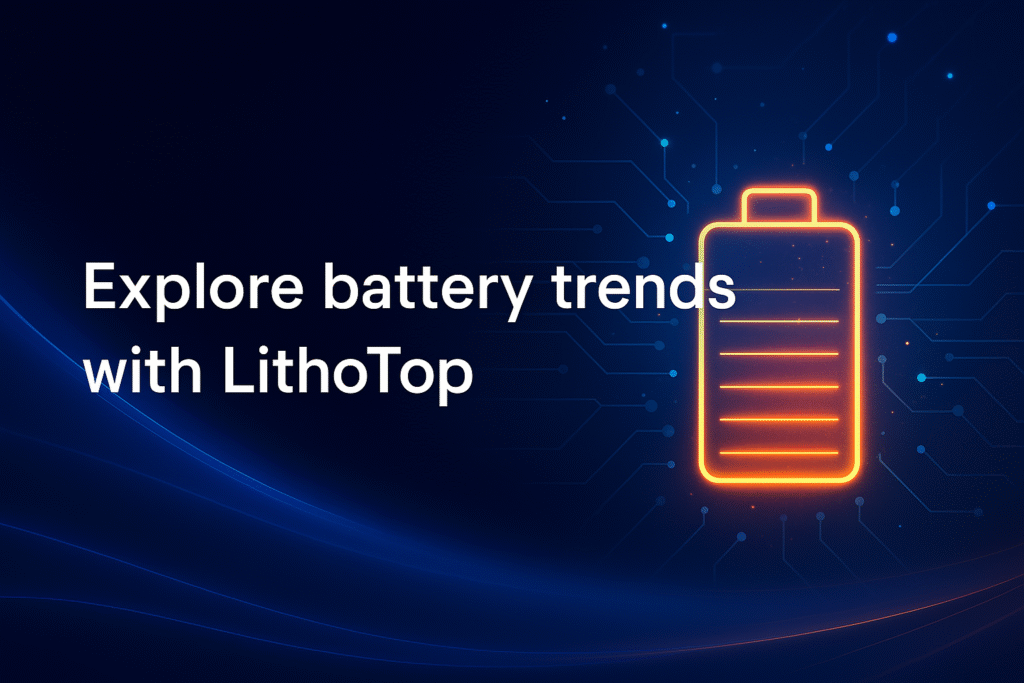You've got a great battery, but the wrong charger can ruin it. A bad choice leads to poor performance, a shorter lifespan, or even a dangerous failure.
To select a charger, you must match it to the battery's voltage (V) and chemistry (e.g., Li-ion, LiFePO₄), and ensure it has the right connector. For maximum safety and performance, always prioritize chargers recommended by the battery manufacturer.
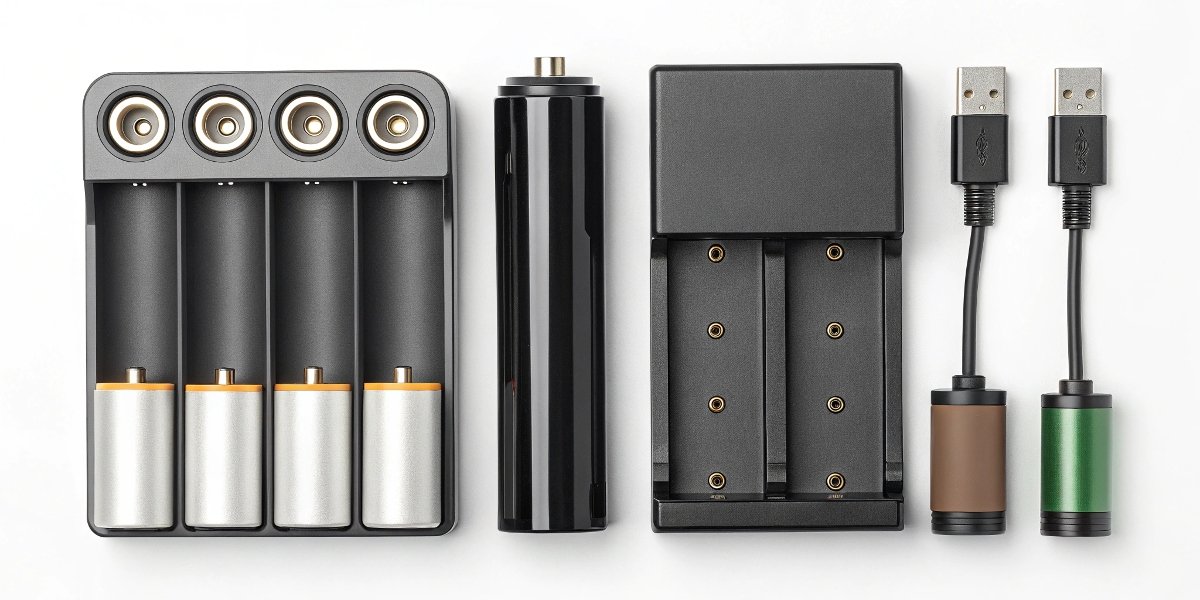
I’ve seen many projects delayed, not because of a faulty battery, but because of an incompatible charger. It's a critical component, not an afterthought. For a technical manager like Jacky, getting the power system right is fundamental to product success. The charger is just as important as the battery itself. Let's dig into the details to make sure you get this crucial choice right.
How do I know which battery charger I need?
Your device isn't charging, or the original charger is gone. Now you're looking at dozens of online options, afraid of making a costly mistake with your equipment.
Check the battery's label for its voltage (V) and chemistry type (e.g., Li-ion, LiFePO₄, or lead-acid). The charger you choose must match these specifications exactly. Always consult the battery’s datasheet or contact the supplier directly.
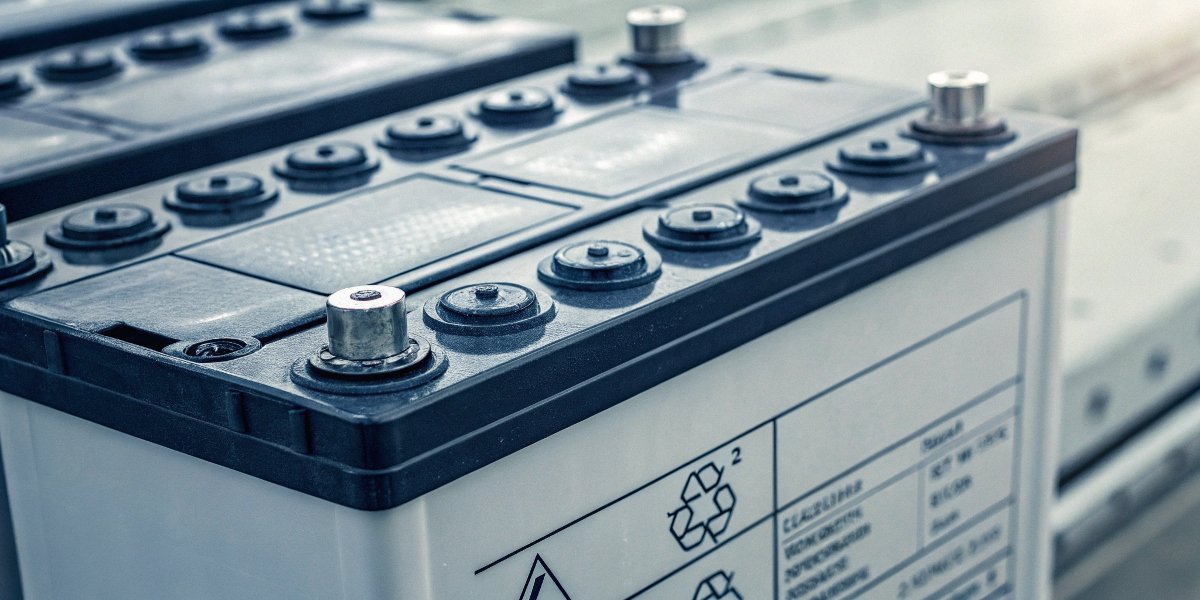
The number one rule is that compatibility is king. But this goes deeper than just the voltage. The battery's chemistry dictates the specific charging algorithm it needs. For instance, a standard Lithium-ion (Li-ion) charger and a Lithium Iron Phosphate (LiFePO₄) charger have different voltage targets. I've had many clients come to me after mistakenly using a Li-ion charger for a LiFePO₄ battery. This mismatch either undercharges the battery or triggers the Battery Management System (BMS)1 to shut down, making the product seem faulty. To prevent these issues, I strongly recommend sourcing the charger from your battery supplier. This is why we offer complete power systems, ensuring the battery and charger are perfectly paired from the start.
| Battery Chemistry | Nominal Voltage (per cell) | Full Charge Voltage (per cell) |
|---|---|---|
| Li-ion (NMC/LCO) | 3.6V / 3.7V | 4.2V |
| LiFePO₄ (LFP) | 3.2V | 3.65V |
What to look for when buying a battery charger?
You know the basic specs now, but what separates a great charger from a cheap fire risk? Your product's reliability and your company's reputation are on the line.
Beyond matching the voltage and chemistry, look for safety certifications2 like UL, CE, or TÜV. Also, check for features like automatic shut-off and overcharge protection. For complex systems, a smart charger with BMS communication is essential.
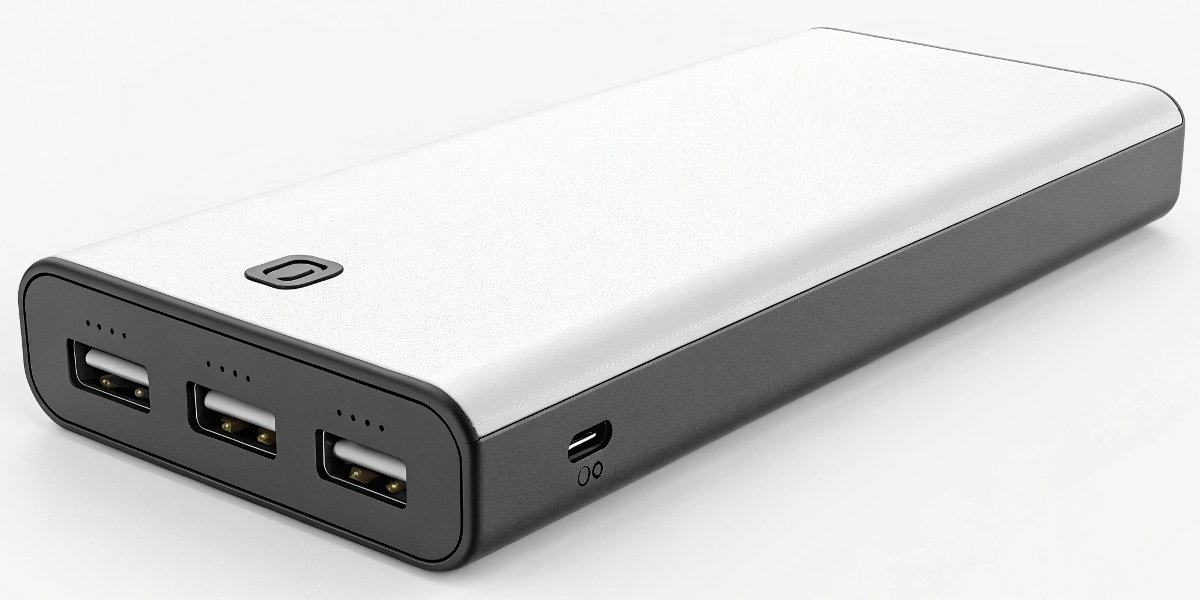
Drilling down further, here's what to look for to ensure you're buying a quality product.
Safety Certifications
Marks like UL, CE, and TÜV mean the charger has been independently tested to meet strict safety and manufacturing standards. They are your first line of defense against poor-quality electronics that can pose a fire risk. Never design a professional product around an uncertified charger.
Smart Charging Features
A good charger doesn’t just push power blindly. It uses a multi-stage process (often called bulk, absorption, and float) to charge the battery efficiently without over-stressing it. An automatic shut-off feature that stops charging once the battery is full is non-negotiable for preventing overcharging, which is a major cause of battery degradation and safety incidents.
Advanced BMS Communication
For high-capacity battery packs or multi-cell systems, like in medical devices or robotics, the charger needs to "talk" to the Battery Management System (BMS). This communication allows the system to monitor individual cell health, balance the charge across all cells, and respond to temperature changes. It’s a critical feature for both safety and maximizing the battery's lifespan.
How to choose a 12 volt battery charger?
You need a "12V charger," but that term is too simple. The battery could be for a boat, a solar system, or a portable device, and each needs a different approach.
First, identify the exact 12V battery chemistry (e.g., lead-acid, AGM, Gel, or LiFePO₄), as they need different charging profiles. Then, choose an amperage (A) based on your required charging speed. A modern smart charger with selectable modes is often best.
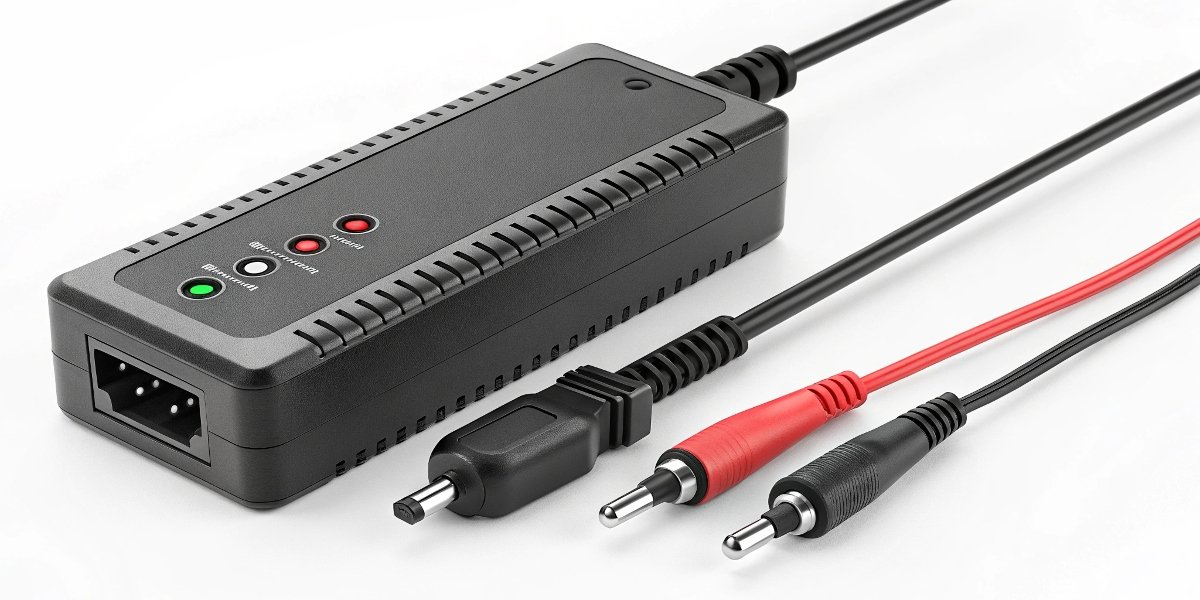
The term "12V" is nominal; the real charging requirements are more specific. A 12V lead-acid battery has a different charging voltage profile than a 12V LiFePO₄ pack, which is typically made of four 3.2V cells in series. Using the wrong charger profile can lead to an undercharged battery at best, or permanent damage at worst. The application also matters. A charger for starting a car is different from one designed for the deep, slow cycles of a marine battery. As a Product Manager, Jacky knows that specifying the exact chemistry is just as important as specifying the voltage.
| Application | Common "12V" Battery Type | Recommended Charger Feature |
|---|---|---|
| Car/Truck (Starting) | Lead-Acid / AGM | High-amp for quick charge, winter maintenance mode |
| RV/Marine (Deep Cycle) | AGM / LiFePO₄ | Multi-stage smart charging for battery health |
| UPS/Solar Backup | LiFePO₄ / Gel | Compatibility with charge controllers, long-term float |
What is better, a 5 or 10 amp battery charger?
You want to charge your battery fast, so a 10 amp charger seems better. But you wonder if that extra speed could be silently damaging your expensive battery over time.
Neither is better; it depends on your priority. A 10 amp charger is faster, which is great for quick turnarounds. A 5 amp charger is slower and generates less heat, which is gentler and can maximize the battery's overall lifespan.
[^3] vs. battery health, showing a 5A charger leading to longer life and a 10A charger leading to faster charging](https://lithotop.com/wp-content/uploads/2025/07/5-neither-is-better-it-depends-on-your-priority-1-1.jpg)
The choice between a lower or higher amperage charger is a classic trade-off between speed and battery health. Higher current charges the battery faster but also creates more internal heat. Heat is the number one enemy of lithium-ion cells, causing them to degrade more quickly. A general rule for selecting a safe charging speed is to use the "C-rate." A 1C rate means the charge current in amps matches the battery's capacity in amp-hours (Ah). For example, for a 20Ah battery, a 1C charge rate is 20 amps. A charge rate between 0.2C (4A) and 0.5C (10A) is a good balance for most applications. A slower charge is almost always better for longevity.
| Charger Amps | Battery Capacity | Charge Rate (C-rate) | Best For |
|---|---|---|---|
| 5A | 20Ah | 0.25C | Maximizing battery lifespan |
| 10A | 20Ah | 0.5C | A good balance of speed and health |
| 5A | 100Ah | 0.05C | Slow maintenance or overnight charging |
| 10A | 100Ah | 0.1C | Gentle, standard charging |
How do I know what to set my battery charger to?
Your new smart charger is covered in buttons for "Lithium," "AGM," and "Repair." Choosing the wrong setting feels like you could be doing more harm than good to your battery.
Look at your battery's label. Set the charger's mode to match its chemistry (e.g., LiFePO₄, AGM). Then, set the voltage to match the battery's nominal voltage (e.g., 12V, 24V). If you are ever unsure, stop and consult the battery's datasheet.
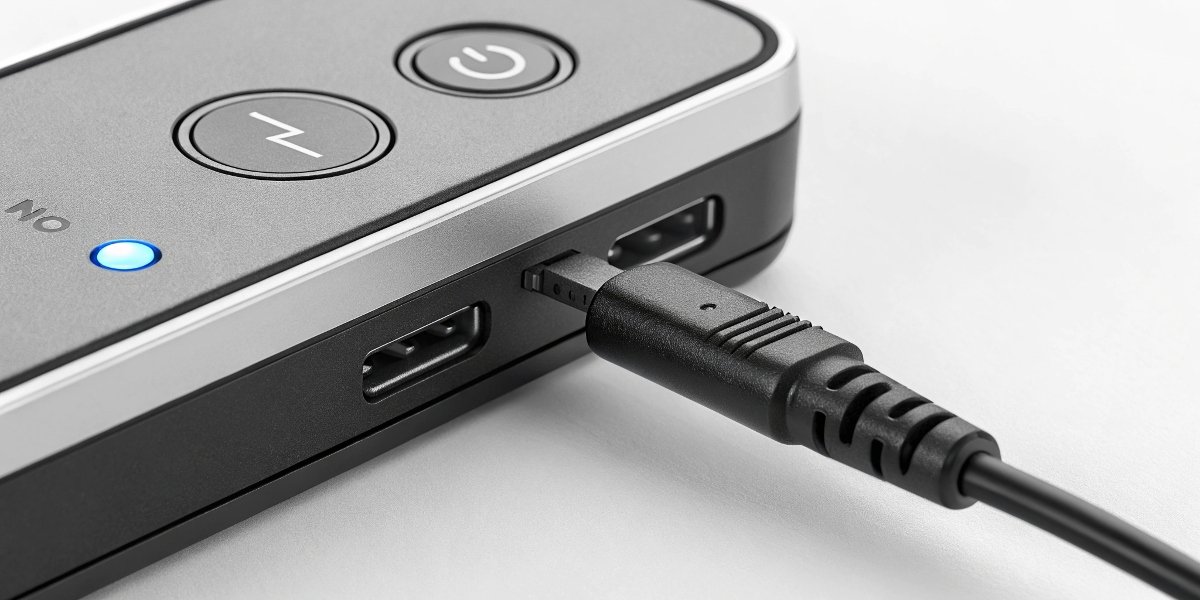
This step brings all the previous points together into a simple, practical checklist. Making the wrong selection here can negate all the work of choosing the right hardware.
- Step 1: Identify Battery Chemistry. Look at the battery case or datasheet. Is it Li-ion, LiFePO₄, AGM, or something else?
- Step 2: Identify Nominal Voltage. The label will clearly state if it's a 12V, 24V, or other voltage system.
- Step 3: Match Charger Settings. Press the "Mode" or "Type" button on your charger until the indicator light matches your battery's chemistry and voltage. Do not guess.
- Step 4: Select Amperage (If Possible). If your charger allows you to adjust the current, choose a lower rate for better long-term battery health or a higher rate if you need speed.
To eliminate this guesswork for our clients, we provide integrated power solutions. We design the battery, BMS, charger, and even the connectors as a single, optimized system. This ensures there is no room for error and guarantees safe, reliable, and long-lasting performance for your end product.
Conclusion
Choosing the right charger is simple: strictly match the voltage and chemistry. For guaranteed safety and performance, get your charger from your battery supplier as a complete, certified system.

